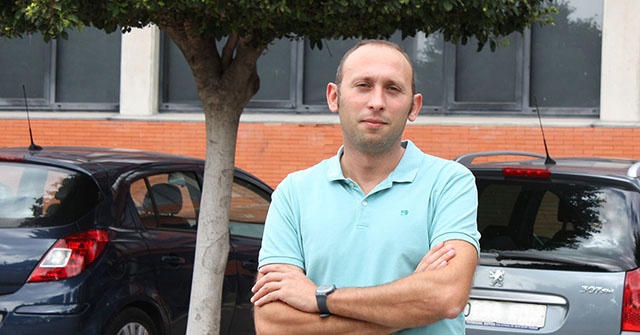A European scientists team led by the Institute of Material Science of the Universitat de València (ICMUV) have presented a precise description of the named ‘dinámica del Valle’, concept in which Valletrónica is based. This new electronics works along with the spintronic to become viable and to ease the development of devices with good electro-optical possibilities, more efficient, sensitive and economical. The work, which consists on an extremely fast spectroscopy simulation, has been published in the journal Nano Letters.
During the last years there is a growing interest to find alternatives to the use of the electron in the information transport. Its aim is to increase the devices’ efficacy. For example, the spintronic is based on the study of the spin (the magnetic moment of the electron) as the substitute of the electron. More recently, the arrival of two-dimensional materials such as graphene or semiconductors such as dicalcogenides of transition metals has opened the possibility of using other quasiparticles, such as exciton, composed of an electron-hollow pair and no electric charge. In particular, excitons with certain symmetry and spin generate a new independent variable, called valley, giving rise to Valletrónica, an emerging field of electronics whose feasibility would make possible the development of a new generation of highly sensitive and efficient devices, thanks to its enormous electro-optical possibilities, but also more economical.
One of the keys for the viability of Valletrónica consists on the creation of excitons with a lifetime long enough to allow its own handling and transportation. In this context it is fundamental to study the generation and dynamics of the excitons; what materials are most suitable for the realisation of Valletrònica and how these excitons can be manipulated.
The extremely fast spectroscopy is a technique widely used in the study of the transference of electrons in molecules, the solar cells’ development most efficient or the biological process investigation. In this case, researchers have used theoretical models and simulations to analyse ultra-fast spectroscopy experiments that allow them to study the dynamics of excitons in the search for materials suitable to be used in Valletrónica.
The study published by the journal Nano Letters, led by the physicist Alejandro Molina Sánchez, researcher in the group of Materials and Optoelectronic Devices (Institute of Material Science of the Universitat de València, in the Science Park of the Universitat de València) revealed the basic mechanisms that dictate the dynamic of the excitons in the two-dimensional semiconductor Wse2. This is a material whose thickness is made of just a few atoms. In this work the generation by light of the excitons is modelled and the main mechanisms that influence its average life time are predicted. These simulations require the use of large supercomputers, such as Tirant, hosted at the Universitat de València.
Alejandro Molina Sánchez specialises in the simulation of the optical properties of two-dimensional materials, with a view to their application in optoelectronic devices. In the context of technological developments, the simulation of the properties of materials and the understanding of experiments play an important role. This work has been supported by researchers from the University of Luxembourg and the National Research Council of Italy.
‘To see the relevance of this project in the field of Research on 2D materials we can refer to graphene’, says Molina Sánchez. 'In 2013, the European Commission opted for this revolutionary material earmarking 1,000 million euros for its study. 2D semiconductors, such as dicalcogenides of transition metals, are part of this initiative; and after four years, advances in this field of R + D + i point out that they may play a more important role than graphene itself in bringing basic research to applications’, he concludes.


